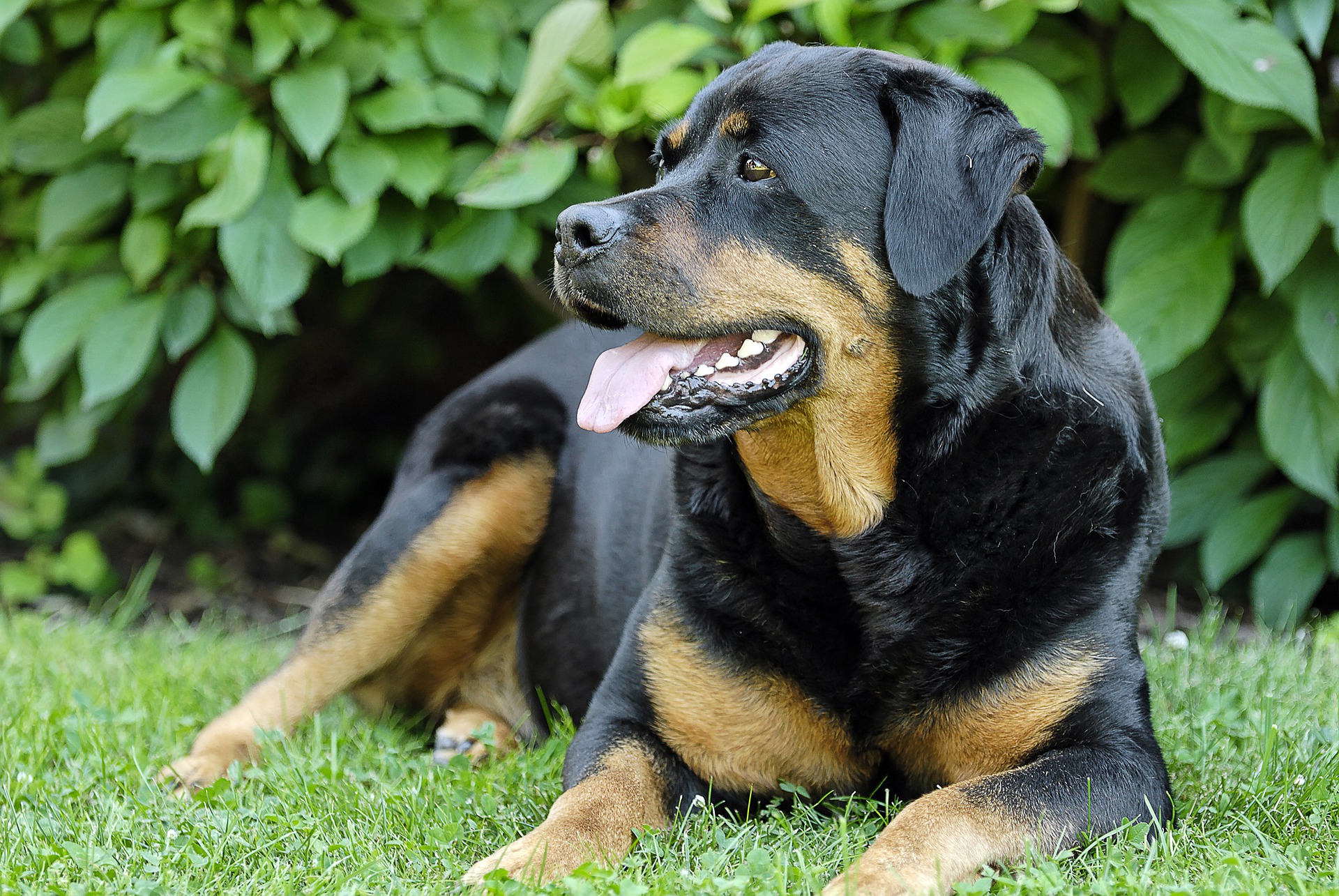Muzzles are often stigmatized in the general public. Dogs wearing them are given sidelong glances and a wide berth (though if you’re someone who prefers to be left alone, this could be seen as a plus). However, dogs that wear muzzles are not “bad”–muzzles are worn for the safety and comfort of both the dog and others.
Why Muzzle Train Your Dog?
Muzzles are a great way to ensure that you, your dog, and others are always safe. They come in handy when you are working on socializing your puppy to make sure they don’t nip at other dogs, and they’re good to use with reactive dogs while out on a walk. Some mischievous pups like to eat whatever scraps (food items or otherwise) that they find on a walk. While you’re in the process of training them to “leave it” and resist the temptation to put everything in their mouth, a muzzle ensures they won’t eat something harmful. At the vet’s office, muzzles will help protect the technicians and doctor during the process, since your dog may be nervous or uncomfortable.
Two Types of Muzzles
Soft muzzles are made from comfortable fabric and are easy to slip on. However, they’re restrictive–they fit snugly enough that your dog cannot open their mouth. This is good when preventing biting, but is not ideal for long periods since dogs cannot pant while wearing them. They’re ideal for quick visits to the vet or while getting groomed.
Basket muzzles are stiff and are either plastic or metal. These are bigger and allow the dog to open their mouth while wearing it. They’re perfect for long walks, and the spaces in between the bars allow you to feed your dog treats while wearing it. Basket muzzles are also great for brachycephalic breeds, since it would be dangerous to inhibit their panting and breathing.
Muzzle Training
First, create a positive association with the muzzle. Leave it lying around for your pup to explore, and feed them meals and treats next to the muzzle so they feel comfortable around it.
Next, you’ll work on bringing the muzzle close to your dog’s head. Work at their own pace–if they begin shying away while the muzzle is still a foot from their nose, begin by holding it a foot and a half away and rewarding them. Over time, work your way up until they let it touch their nose, then slip it over their muzzle briefly. Depending on your dog’s past and temperament this may take just a few minutes, or it may take several days. Have patience and confidence in your dog’s ability to learn. It will help to lure them with treats–place a treat on your dog’s soft muzzle, or spread some peanut butter on a basket muzzle so that your dog needs to intentionally insert their nose to get to the treat. Letting them interact on their own terms will have much better results than forcing them before they are ready.
Once your dog can remain calm while you slip the muzzle on, buckle and adjust the straps. Only leave it on for 10-15 seconds at a time at first, and work your way up to longer times. Be sure to continually feed your pup treats when they have the muzzle on to maintain their positive association.
Now that they’re comfortable wearing their muzzle, you can successfully move to outdoor environments for training or vet visits.
If your dog needs training or obedience classes, we invite you to call the professional dog trainers at Gulf Coast K9 Dog Training. We help Sarasota and Manatee County residents to raise happy, well behaved and well-adjusted dogs.





